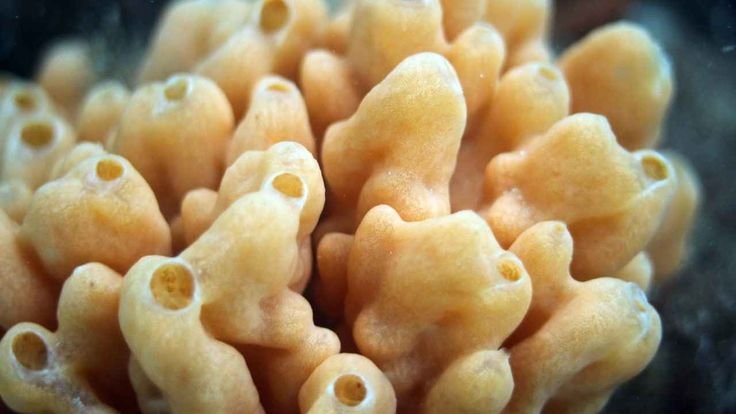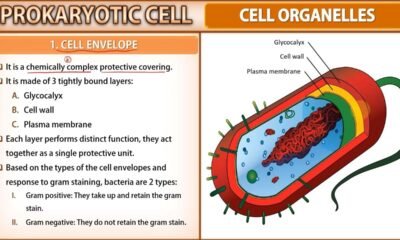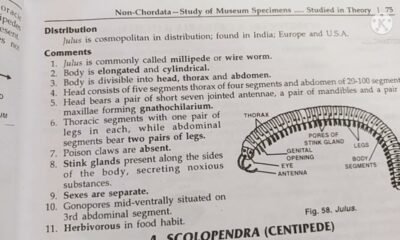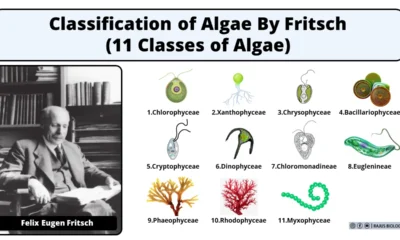Blog
Sycon Characteristics, Examples & Facts | Free Biology Notes

In this article we will discuss about:- Sycon Characteristics and Examples of Sycon
Sycon Characteristics
- Sycon sponges are found in various marine environments, including coral reefs, rocky shores, and deep sea habitats.
- Some species of Sycon sponges are also found in freshwater habitats.
- Sycon sponges have a unique body structure that sets them apart from other sponge species.
- Sycon sponges have a cylindrical body structure with a central cavity.
- The body is covered in tiny pores that allow water to flow through the sponge.
- Choanocytes line the central cavity and have flagella that create water currents, bringing food particles into the sponge.
- Sycon sponges are filter feeders, consuming small particles suspended in the water.
- Choanocytes create water currents that bring food particles into the central cavity, where they are trapped and consumed by the sponge.
- Sycon sponges have both sexual and asexual reproduction methods.
- Sexual reproduction occurs through the release of sperm and eggs into the water.
- Once fertilized, the eggs develop into larvae that swim freely before settling onto a suitable substrate to grow into adult sponges.
- Asexual reproduction occurs when the sponge produces buds that develop into new individuals.
- Sycon sponges play an important role in marine ecosystems.
- As filter feeders, they help regulate the amount of small particles in the water, impacting the health of other organisms in the ecosystem.
- Sycon sponges provide habitat for other marine animals, such as small fish and invertebrates.
Examples of Sycon
- Sycon ciliatum: Found in the North Atlantic and Mediterranean Sea. Has a yellowish or greenish color. Can grow up to 20 cm in length.
- Sycon luna: Found in the Western Atlantic. Has a yellowish or orange color. Can grow up to 12 cm in length.
- Sycon raphanus: Found in the Western Atlantic. Has a brownish or reddish color. Can grow up to 8 cm in length.
- Sycon scutellum: Found in the Eastern Pacific and the Gulf of California. Has a yellowish or greenish color. Can grow up to 5 cm in length.
- Sycon lobatum: Found in the Western Atlantic and the Caribbean. Has a yellowish or greenish color. Can grow up to 8 cm in length.

 Blog6 months ago
Blog6 months ago[PPT] Human Reproduction Class 12 Notes

 Blog6 months ago
Blog6 months agoCell The Unit of Life Complete Notes | Class 11 & NEET Free Notes
- Blog6 months ago
Contribution of Indian Phycologists (4 Famous Algologist)
- Blog6 months ago
PG TRB Botany Study Material PDF Free Download

 Blog6 months ago
Blog6 months ago[PPT] The living world Class 11 Notes

 Blog6 months ago
Blog6 months agoJulus General Characteristics | Free Biology Notes

 Blog6 months ago
Blog6 months agoClassification of Algae By Fritsch (11 Classes of Algae)

 Entertainment6 months ago
Entertainment6 months agoIbomma Bappam: Redefines Telugu Streaming Trend














